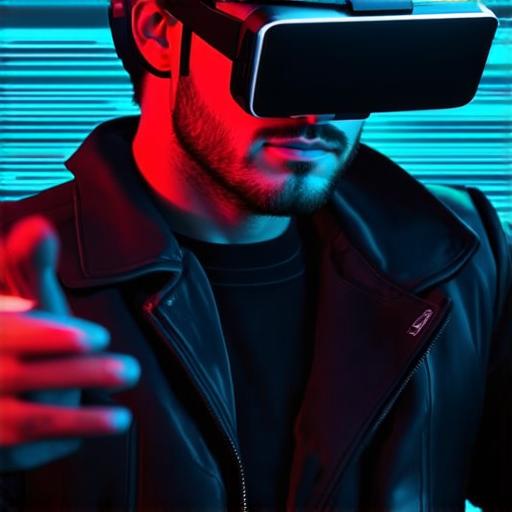Virtual reality (VR) is a computer-generated simulation that allows users to interact with an artificial environment in a way that feels real. It’s a technology that creates an immersive experience for the user, where they can feel as if they are physically present in a different world or location. This technology has been around for several decades and has evolved significantly over time. In this article, we will explore what virtual reality means and how it works.
What is virtual reality?
Virtual reality is an immersive experience that allows users to interact with a computer-generated simulation of the real world or an entirely artificial environment. The technology simulates the senses in a way that makes the user feel as if they are physically present in the simulated environment. It can be used for various purposes, including gaming, education, entertainment, and even therapy.
How does virtual reality work?
Virtual reality works by simulating the sensory input that our brain receives when we are physically present in an environment. This includes visual, auditory, tactile, and even olfactory input. The technology uses sensors to track the user’s movement, position, and orientation. These sensors send data to a computer, which then generates a 3D representation of the environment the user is in.
The headset that the user wears displays this virtual world, and sometimes also gloves or other devices that simulate touch and other senses. For example, if the user reaches out to touch an object in the virtual world, the sensors send data to the computer, which then generates a sensation on the user’s hand.

Virtual reality can be experienced in different ways, depending on the technology used. There are two main types of VR: room-scale and standalone. Room-scale VR requires a dedicated space with sensors that track the user’s movement. Standalone VR, on the other hand, uses sensors on the headset to track movement and doesn’t require a dedicated space.
Virtual reality has revolutionized the way we interact with technology, and it continues to evolve. The immersive experience of virtual reality can be used for various purposes, including gaming, education, entertainment, and even therapy. With advancements in technology, virtual reality is becoming more accessible and affordable, making it an exciting tool for people of all ages and backgrounds.
